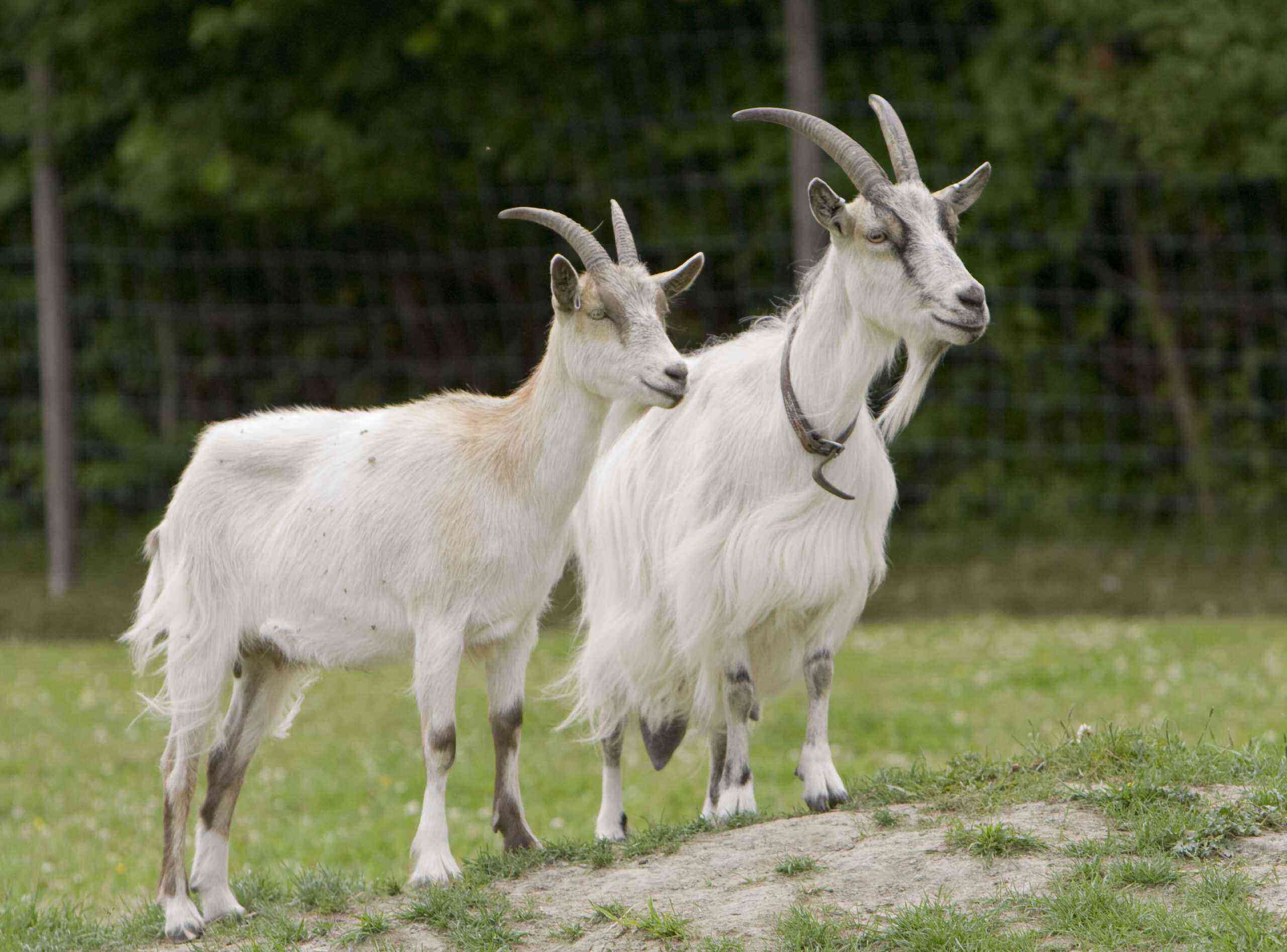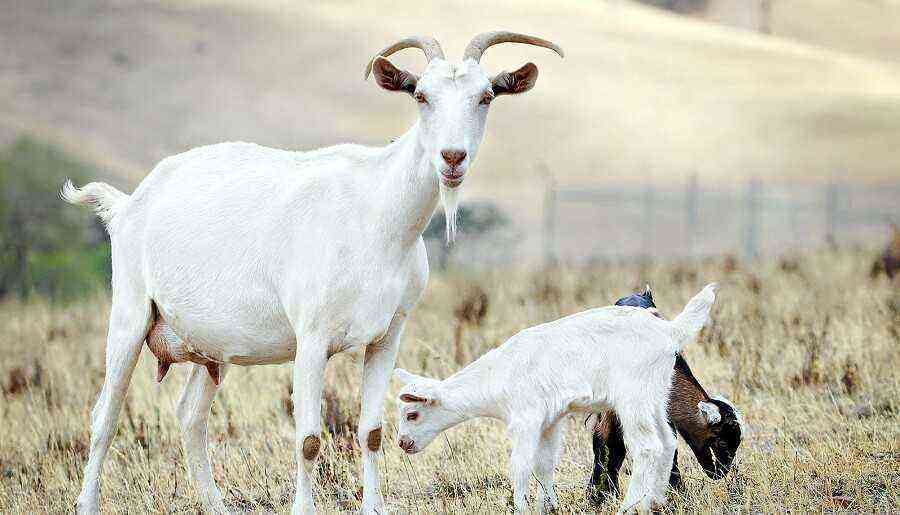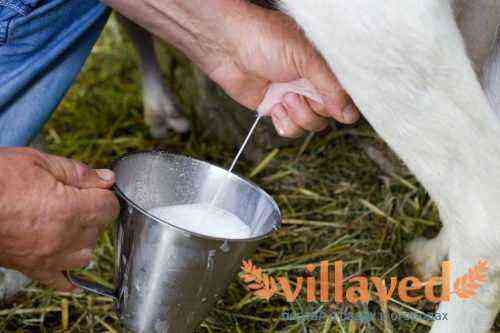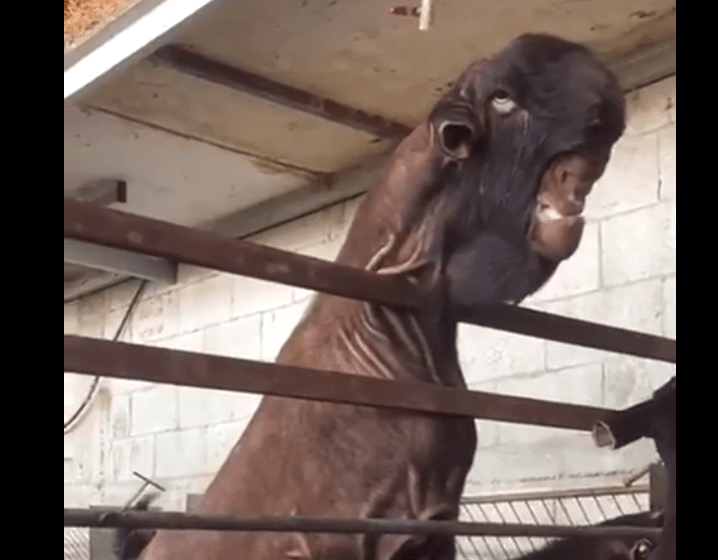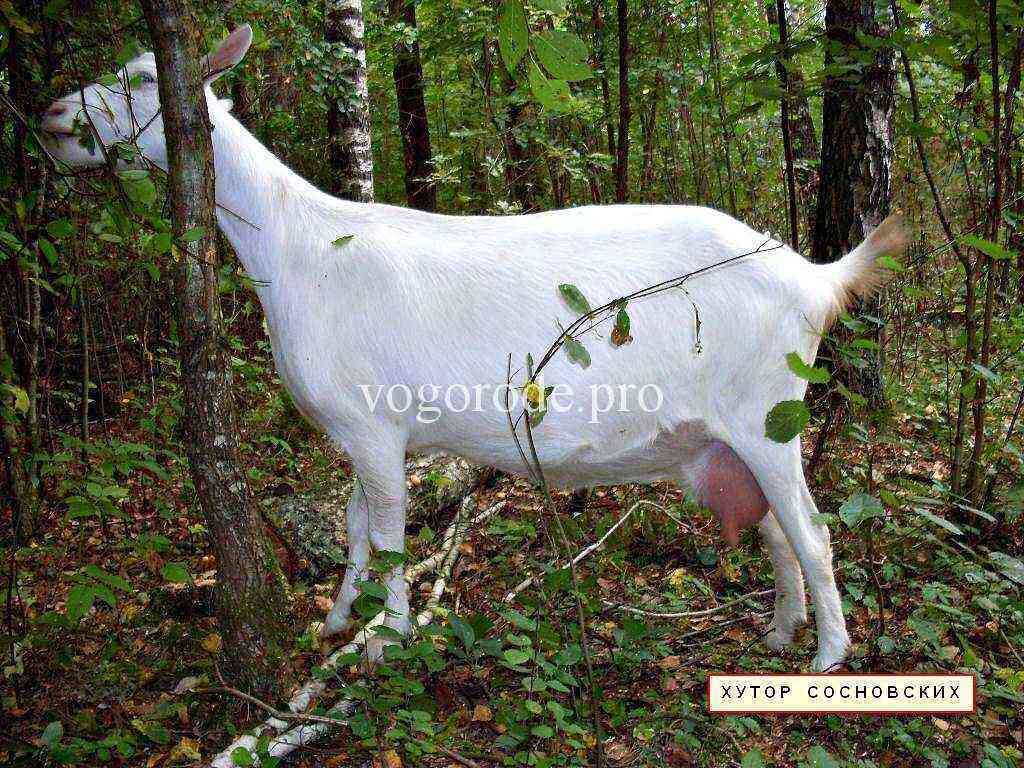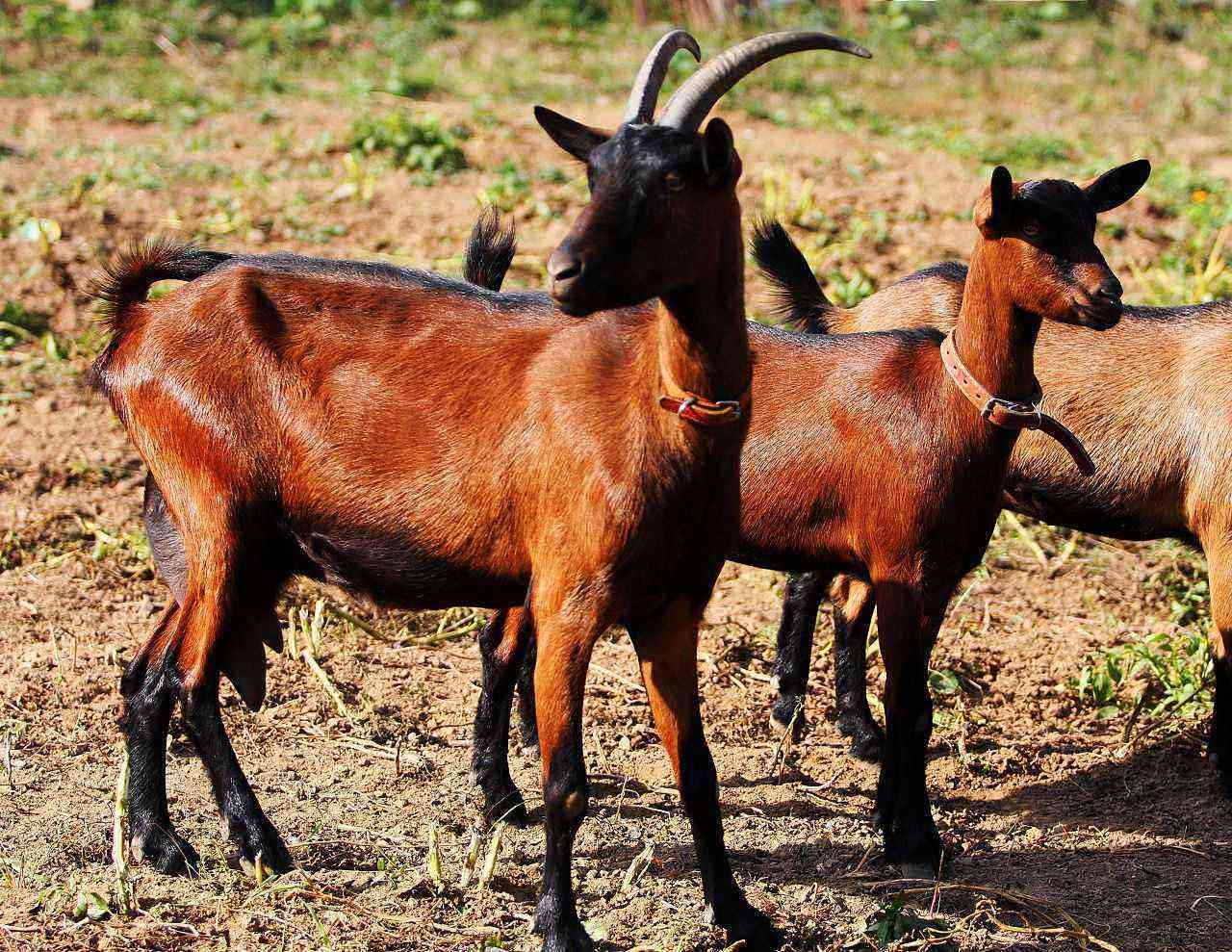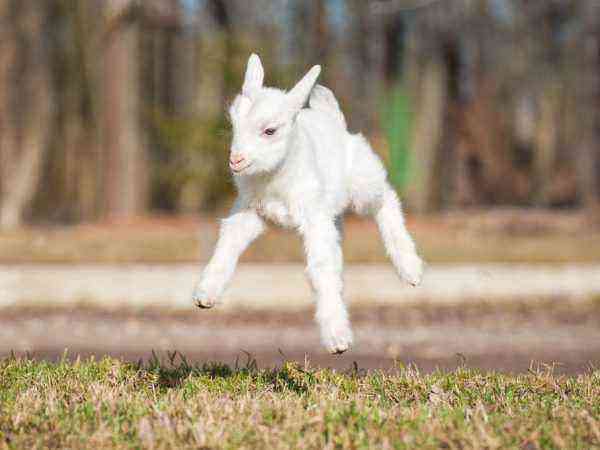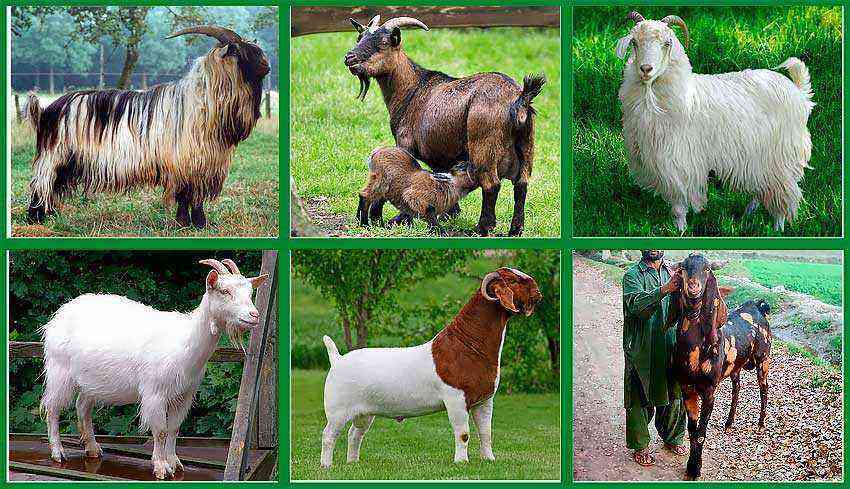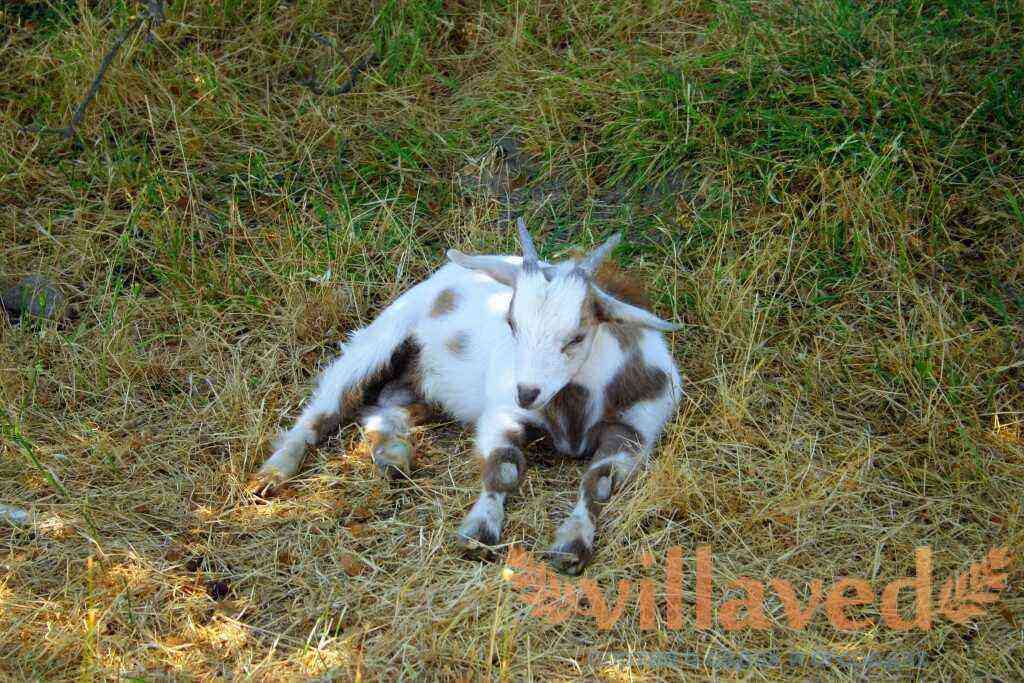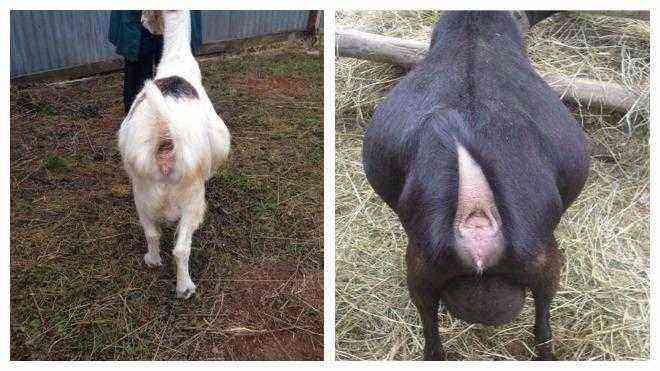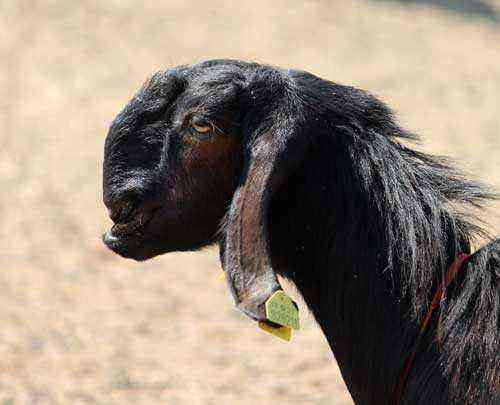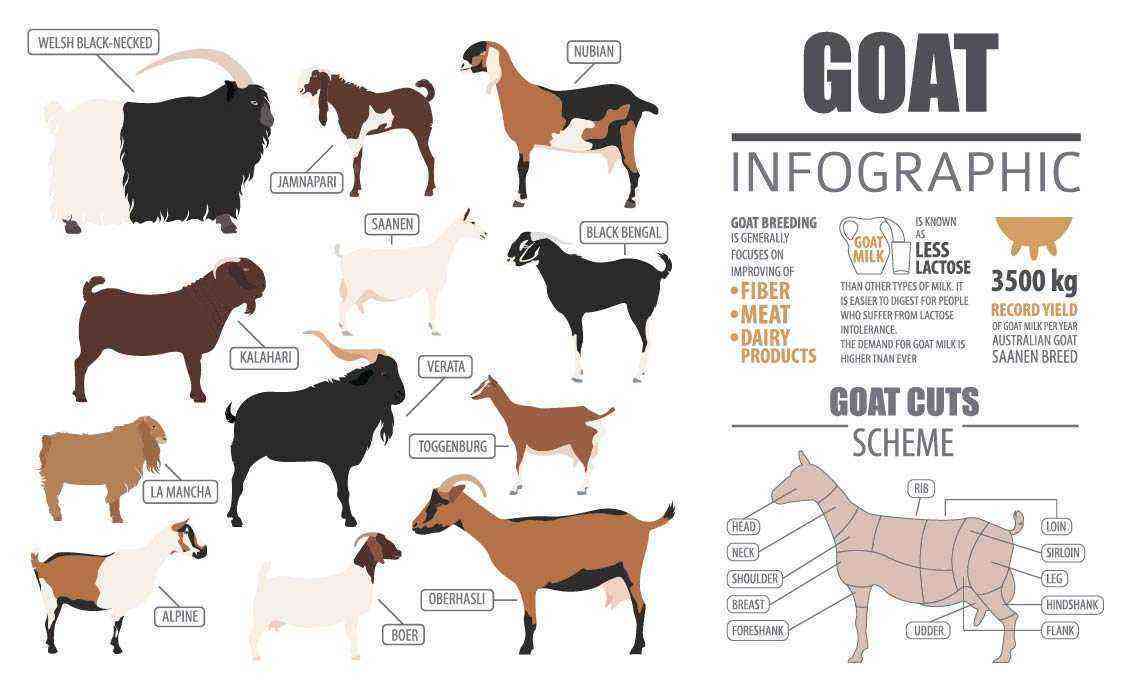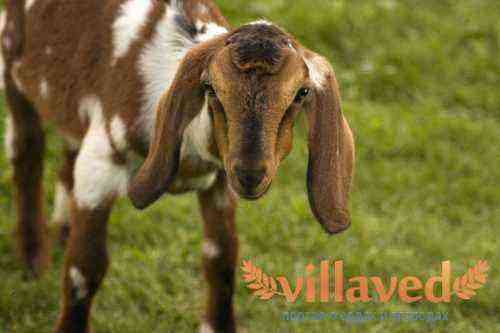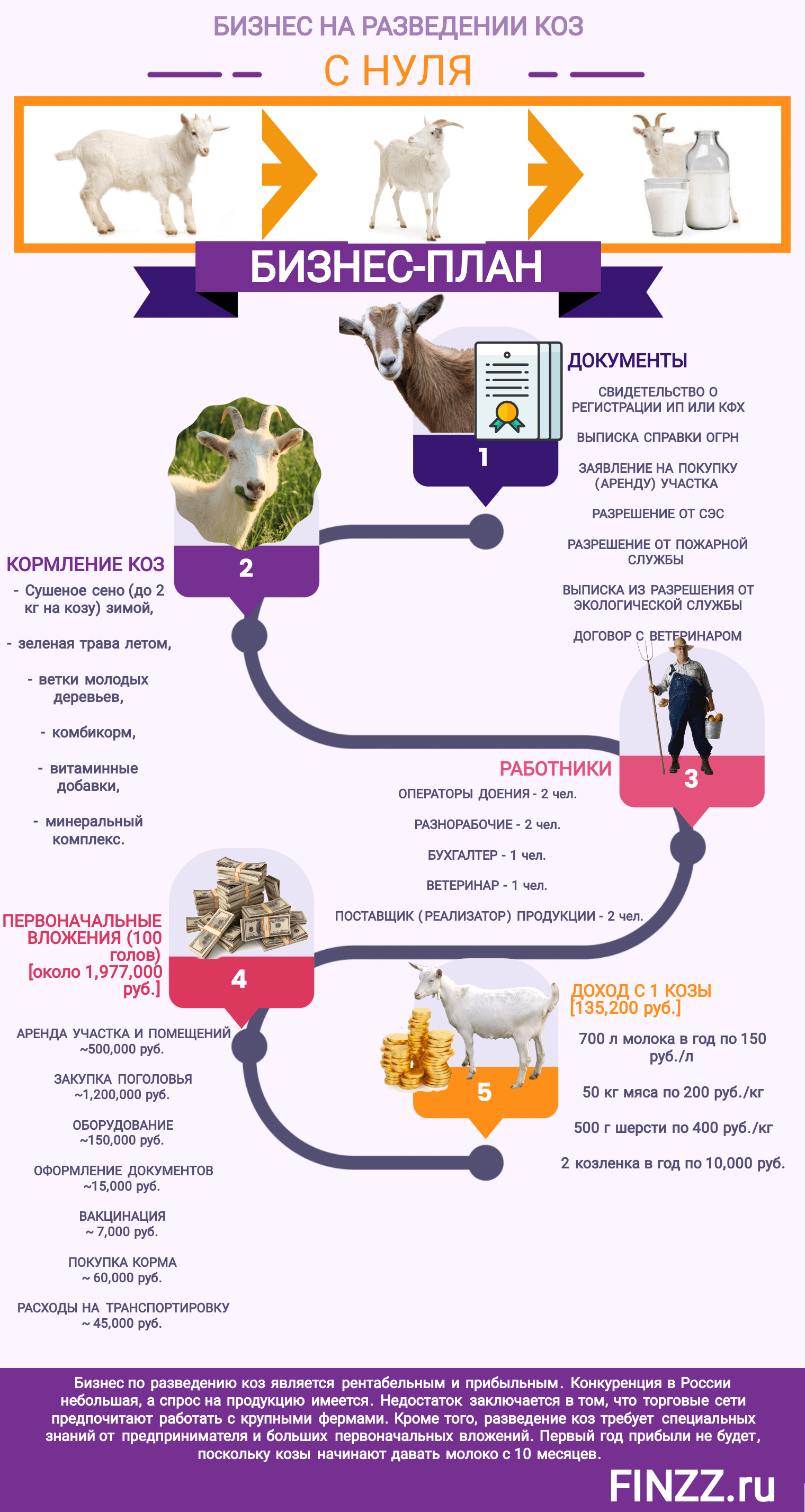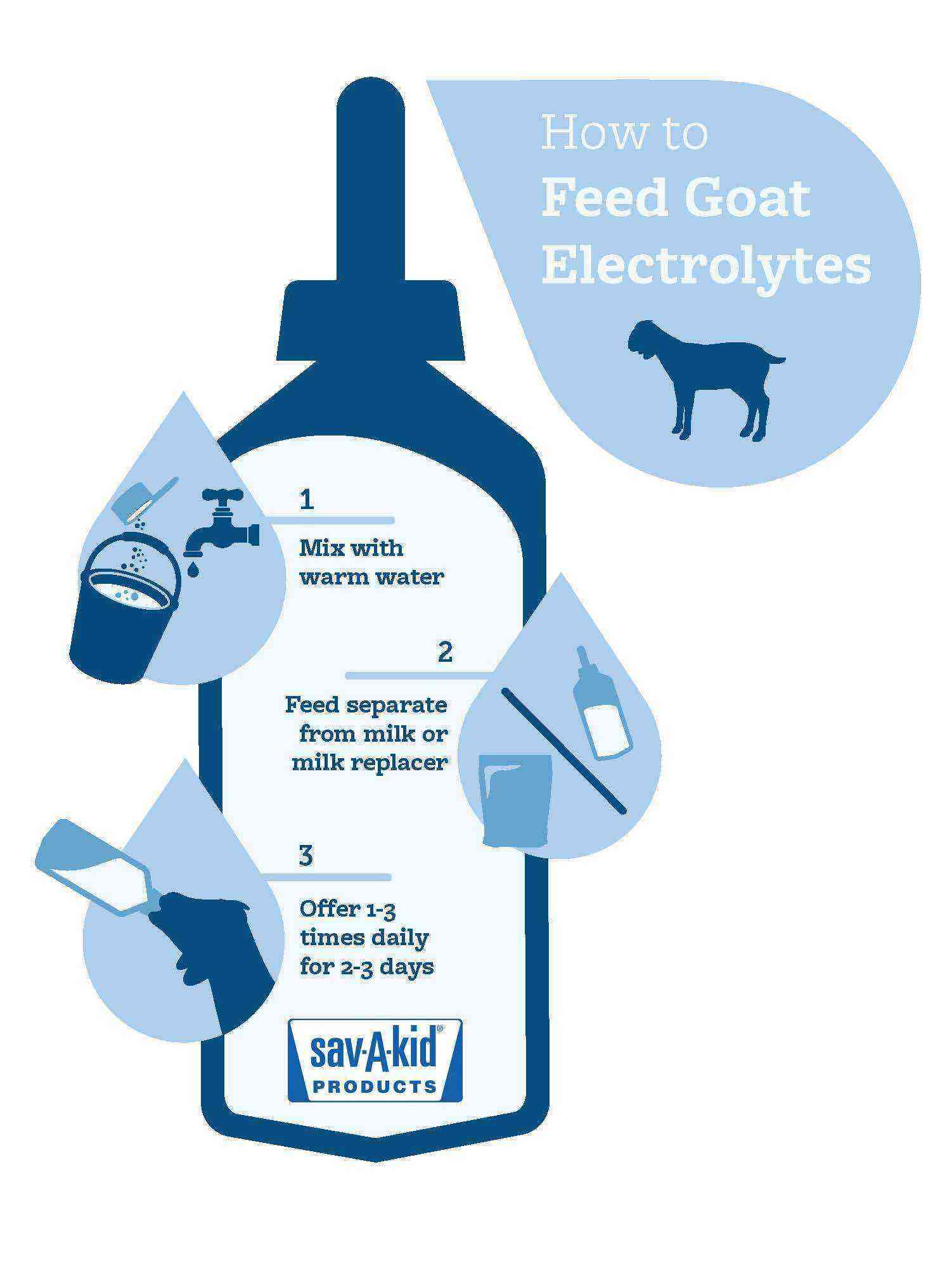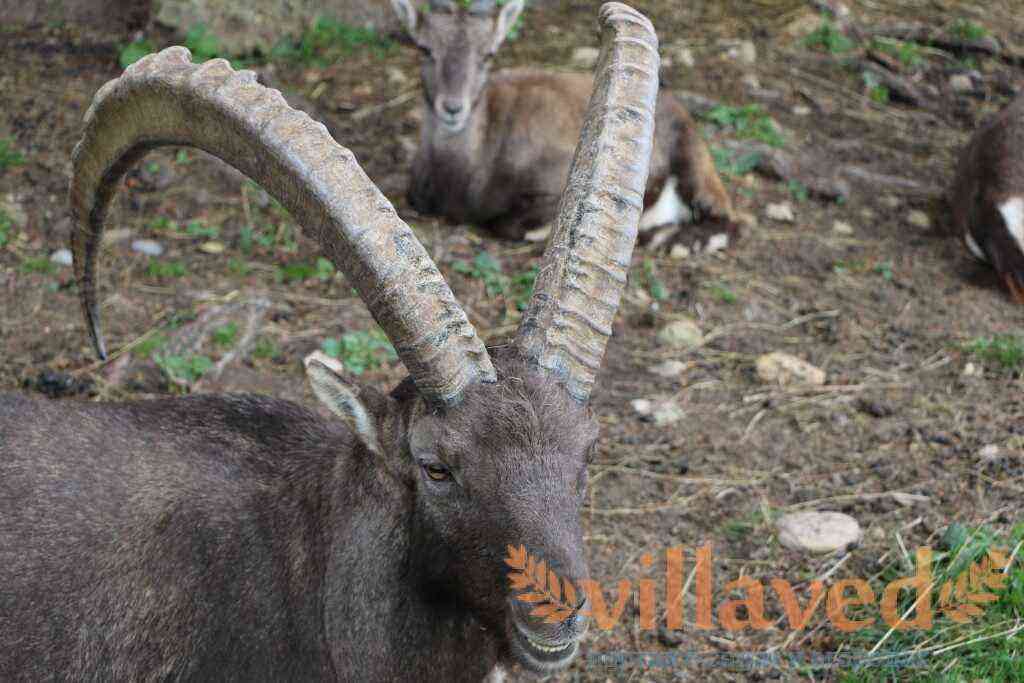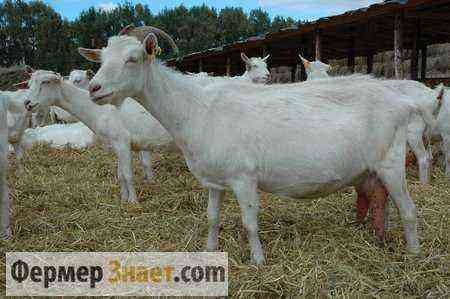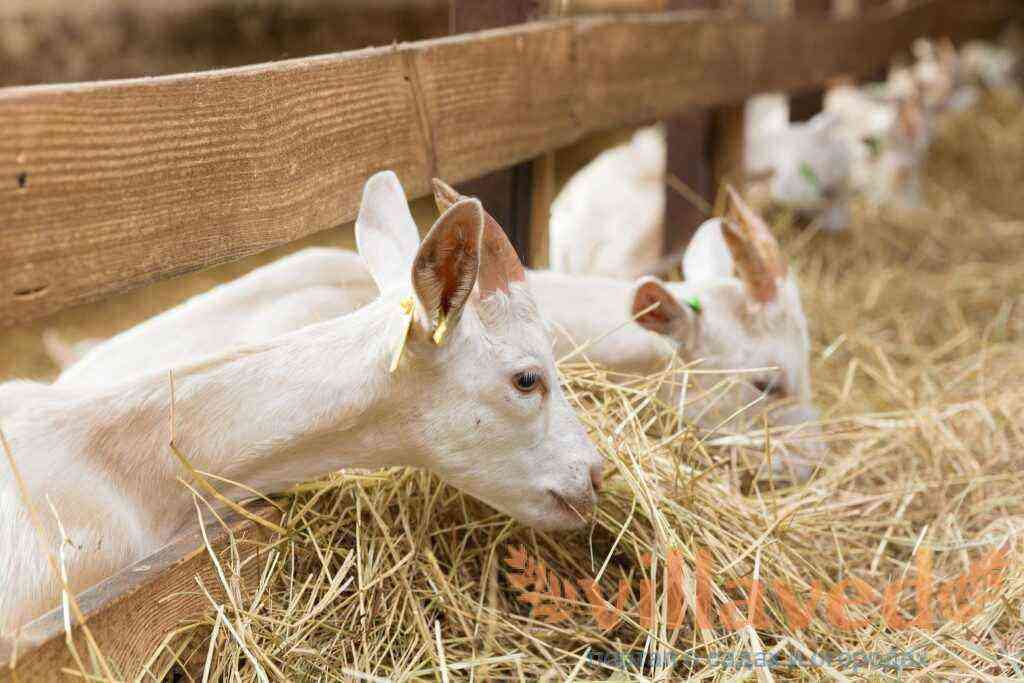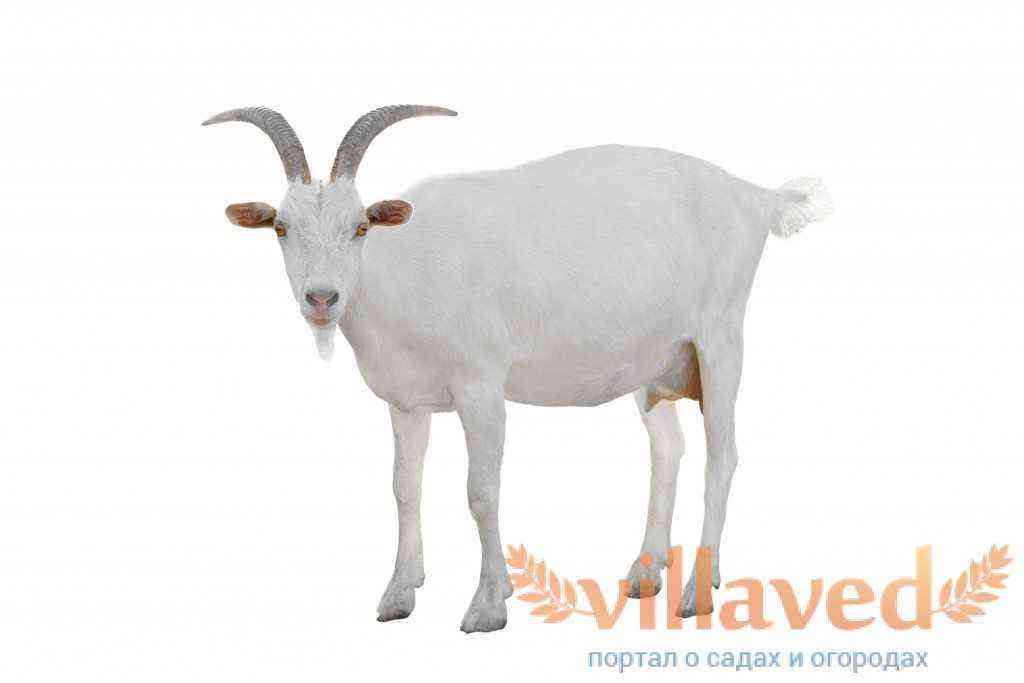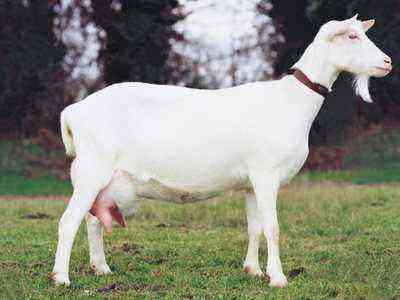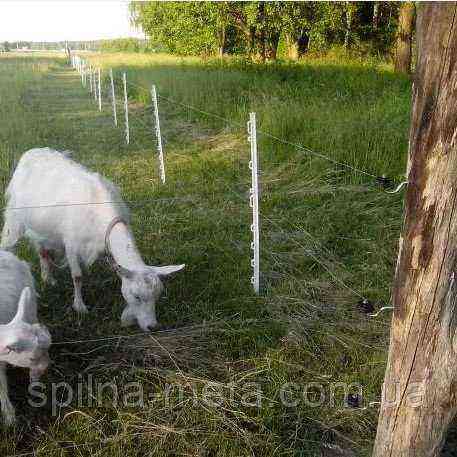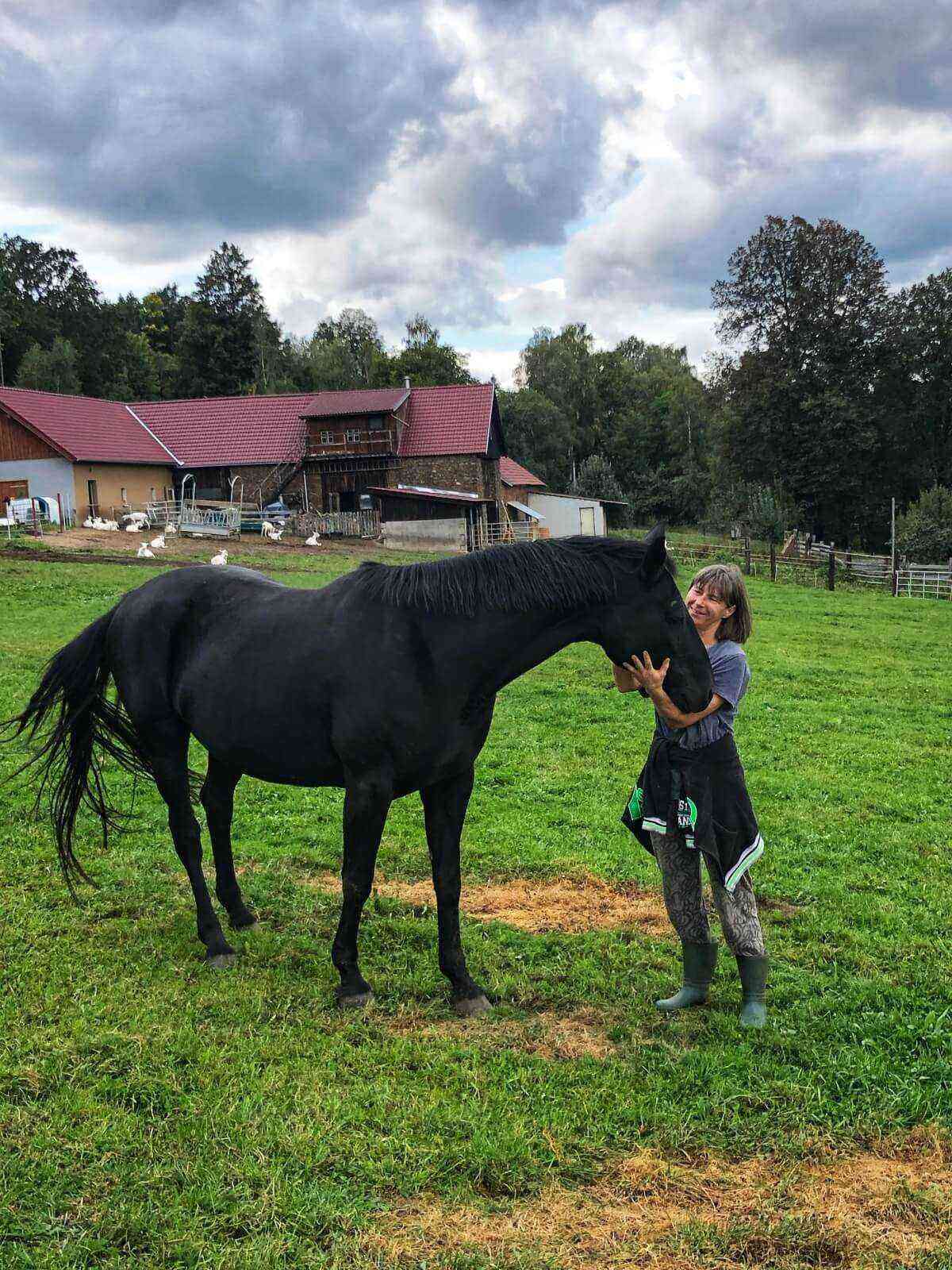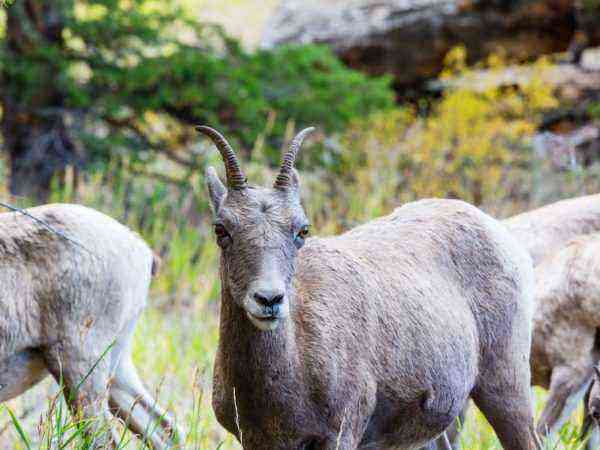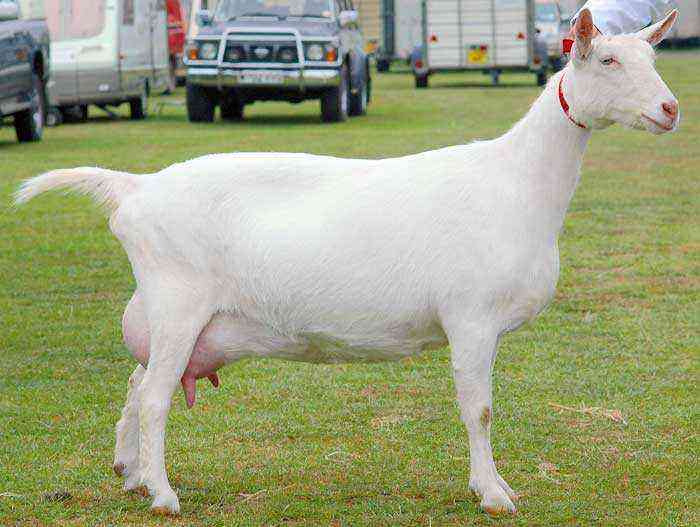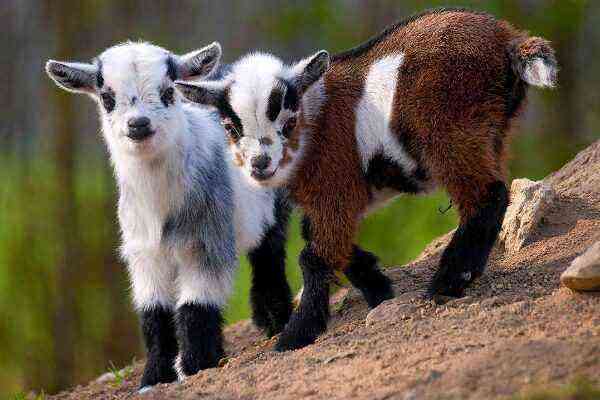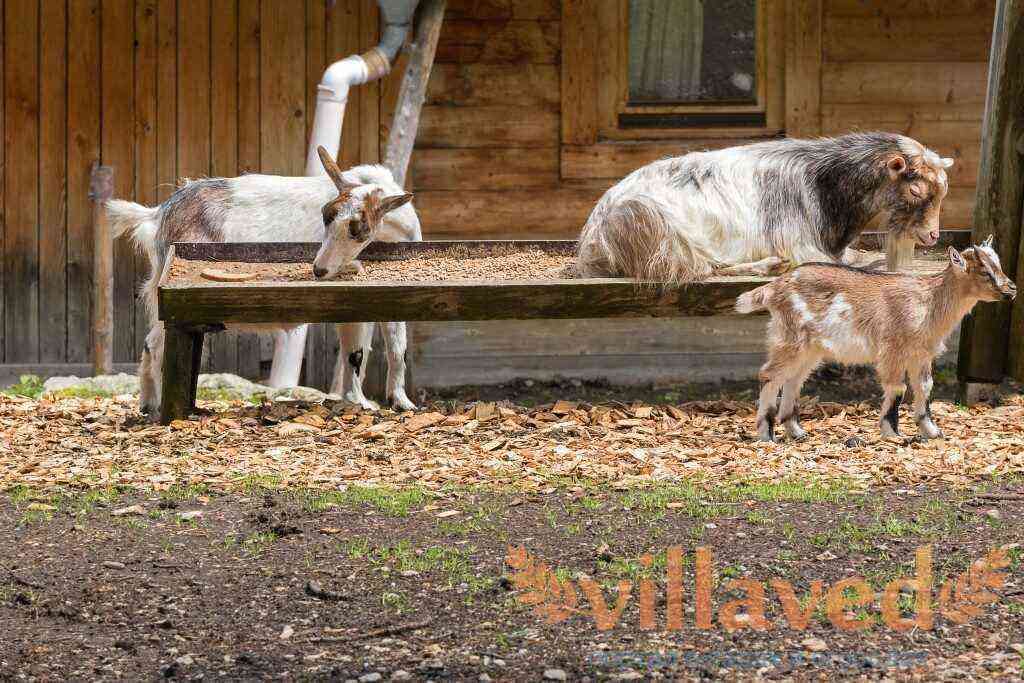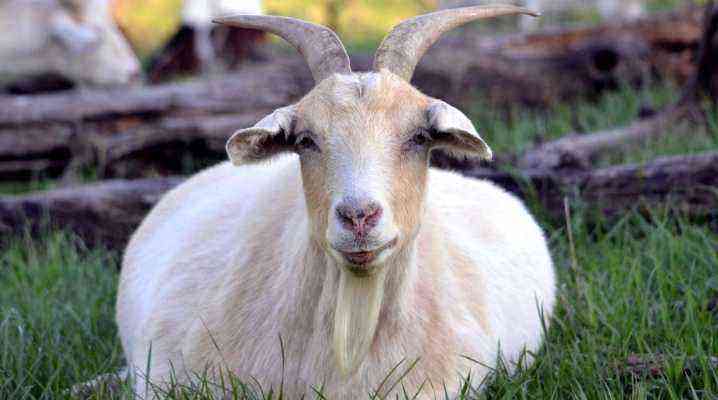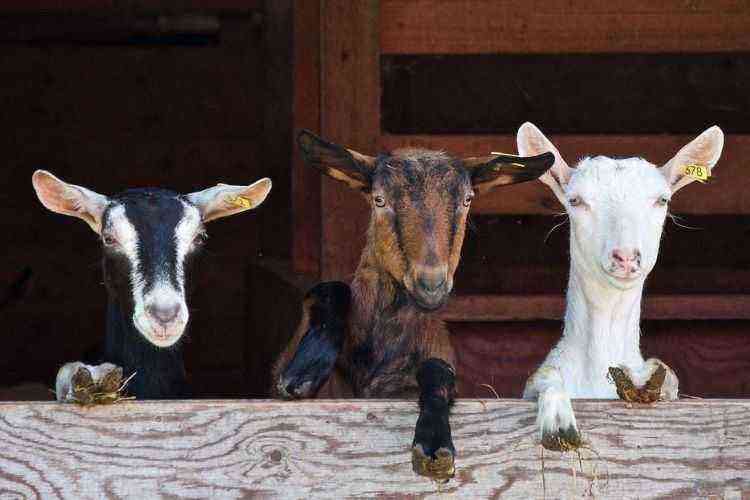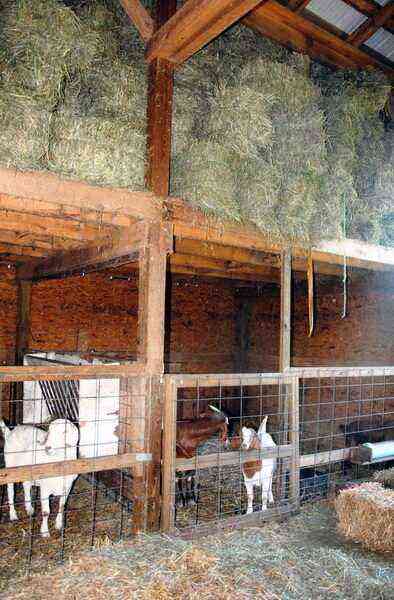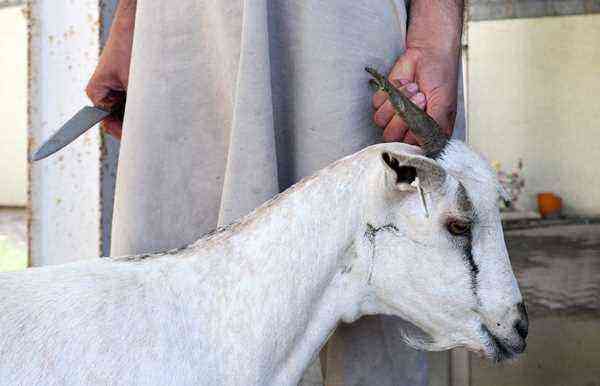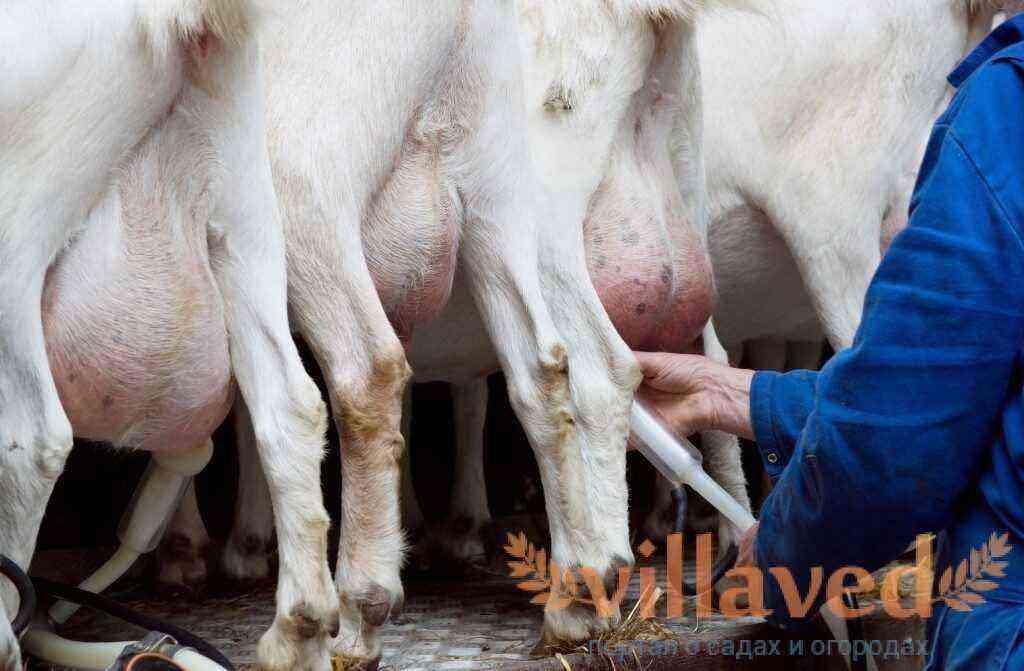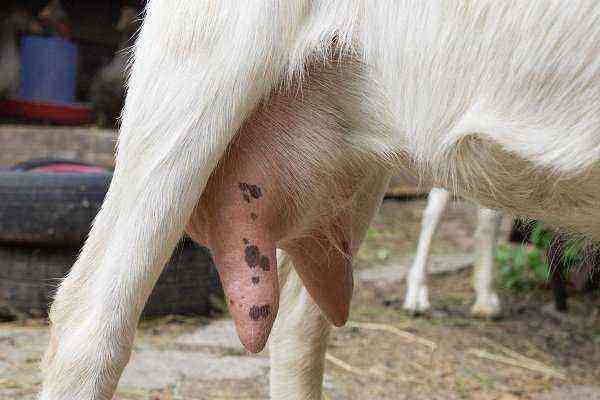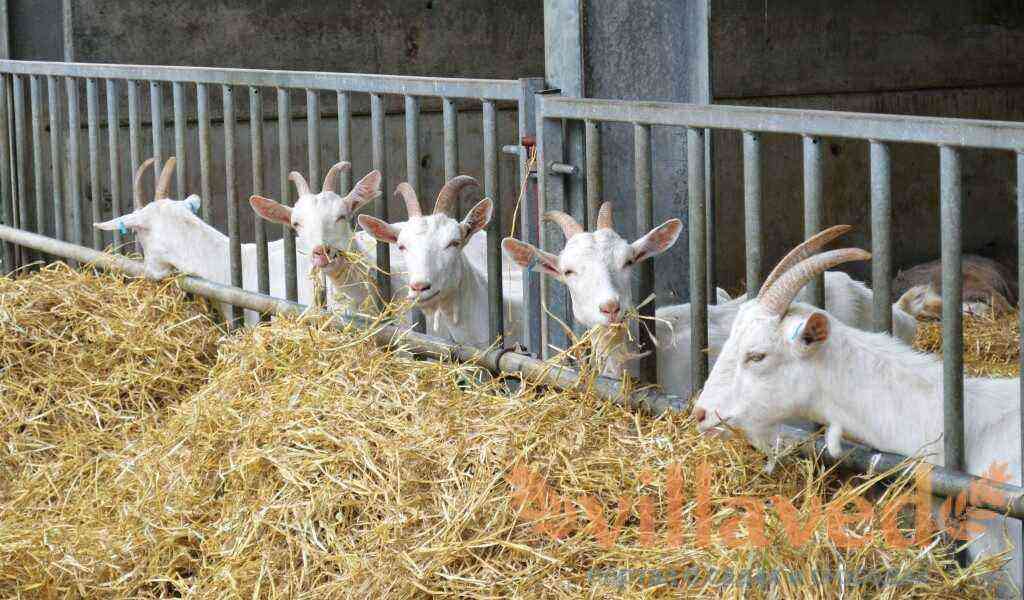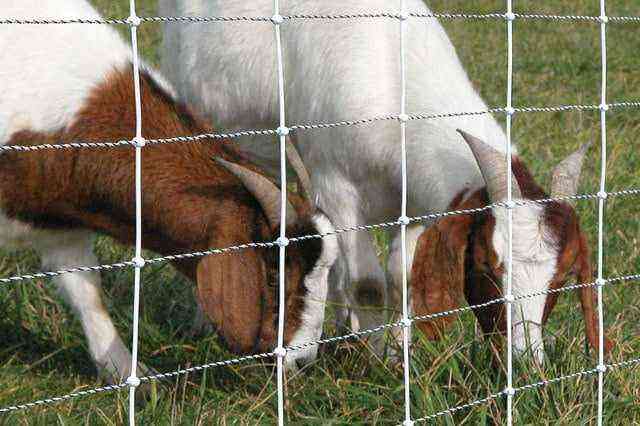If you read the forums, you can see that many farmers speak very well of pygmy goats, which is not surprising. These short and graceful animals are distinguished by a number of advantages, in addition to a pleasant appearance. They are smart, unpretentious and convenient for keeping in small farms. Separate mini breeds of goats bring 1-2 liters of milk per day. Cameroonian and Nigerian breeds are especially popular. About them, in the first place, and will talk.
farmer-online.com
Dwarf and mini breeds of goats
The content of the article:
General information
The ancestors of dwarf goats were taken out of Africa. They lived in the savannas. In these arid regions of Africa, food was extremely difficult to obtain. Only very unpretentious animals could survive there. It was for this unpretentiousness that miniature goats were valued by sailors, who used them as a kind of “live canned food”. In swimming, they were not too difficult to keep, despite the fact that they were a very good source of milk and meat.
Over the years, many breeds of pygmy goats have been bred. In fact, the only thing that unites them all is small stature. But among all this diversity, Nigerian and Cameroonian breeds stand out. The Nigerian goat – this breed is also called the Nigerian Dwarf – has good milk yields. But the Cameroon Pygmy is more valued for its excellent meat. However, if you need a small decorative goat, then both Cameroonian and Nigerian will do.
By the way, in different countries these breeds have different names, which leads to great confusion. For example, Cameroon Pygmies are also called African Pygmies, Cameroon Dwarf Goats or African Dwarfs. And in order to understand what kind of goat breed, it is worth knowing the main features of the breeds, both Cameroonian and Nigerian.
The main features of the Nigerian and Cameroonian goat breeds
Nigerian Dwarfs are distinguished by a graceful, slightly angular physique, not the strongest muscles and short hair. The dwarf goat of this breed has long, in comparison with the body, legs, and no less long neck. For goats, the maximum height at the withers is 53 cm, for goats – 58 cm. Representatives of this breed can be of any color, with the exception of the agouti color – a gray body color with black legs and an almost black head.
Cameroon Dwarf Goats
The Cameroonian breed is quite different from the Nigerian. It is much stockier and is characterized by heavy, strong bones, a large head, short legs, and a heavy torso. Muscle mass, in relation to the total body weight, is very large. Growth is even lower than that of Nigerian pygmy goats, not exceeding 50 cm at the withers. The body is gray in color, with almost black legs and head – the same agouti. Also, animals of this breed are also pure gray or pure black.
As already mentioned, Nigerian dwarf goats are a dairy breed, and Cameroonian goats are meat. But at the same time, if you look at the reviews of the owners of Cameroonian dwarf goats, their milk yields are from 0,7 to 2 liters per day. Another feature of the milk that dwarf goats give is that it does not have that specific smell that is characteristic of goat milk. Here is a quote from one of the forums:
“About the milkiness of the Cameroonians – when the goat was born, we did not share it with the mother, we milked it 2 times a day. Received ~ 300 ml. milk. For the last 3 weeks (the kid is already 5 months old), we separate mother and child for the night. We milk only in the morning, we get 700 ml.”
Keeping pygmy goats
These animals can be kept at home, like cats or dogs. Only for a mini goat, you still need to allocate a separate corner. It needs to be constantly cleaned so that the goat is healthy. And so that the hooves do not scratch the parquet, socks should be made for her. In this way, not only the floor will be saved, but it will also be possible to get rid of the constant clatter of hooves.
If the animal is kept on a personal plot or on a farm, then it is imperative to make a high corral for it, 1,5 meters high, or higher. There should not be any barbed wire, protruding nails and other things – this will hurt the animals. You can keep dwarf goats with poultry (chickens, ducks) or rabbits – they get along well in the same pen.
In food, dwarf goats are unpretentious. The basis of the diet should be compound feed and solid, not ground grains. Here is a list of foods that it would be desirable to diversify the diet:
- Beetroot
- Carrots
- Potatoes
- Cabbage
- Apples
- Shrub branches (thorns, blackberries, wild roses)
- Various herbs
But you should not feed it from the table – various meat products and sweets will not benefit the goat.
If you need to get milk all year round, then you will need two, and preferably three goats. After all, the lactation period in dwarf goats lasts about 5 months. And it should be remembered that with the establishment of kids, milk yield will decrease. Mini goats are not prolific, they bring 1-2 kids a year. The meat of certain breeds – for example, Cameroonians – is very tasty, so you can breed them for slaughter.
Downy breeds of mini goats are practically not found. If you take Cameroon goats as an example, then with constant trimming and shearing, you will receive some amount of wool. But in order to make money on this, it is better to buy ordinary goats of downy breeds.
Acquisition of pygmy goats
And in conclusion, the conversation will focus on how to get a dwarf goat. It is not easy to do this. Even if they are Nigerian or Cameroonian goats. First you should check all the nearest zoos. If they have non-sterilized animals, then most likely they periodically sell kids. It is worth looking at the thematic forums of goat breeders – there you can often stumble upon offers to sell goats.
After the seller has been found, be sure to ask for photos of the kid, his mom and dad. Zoos provide such photos on their own. If we talk about how much a dwarf goat cub costs, then here it varies – it depends on the region and on the breeder. You need to focus on the amount of 5 thousand rubles for a kid, and 10 thousand rubles for an adult animal.
